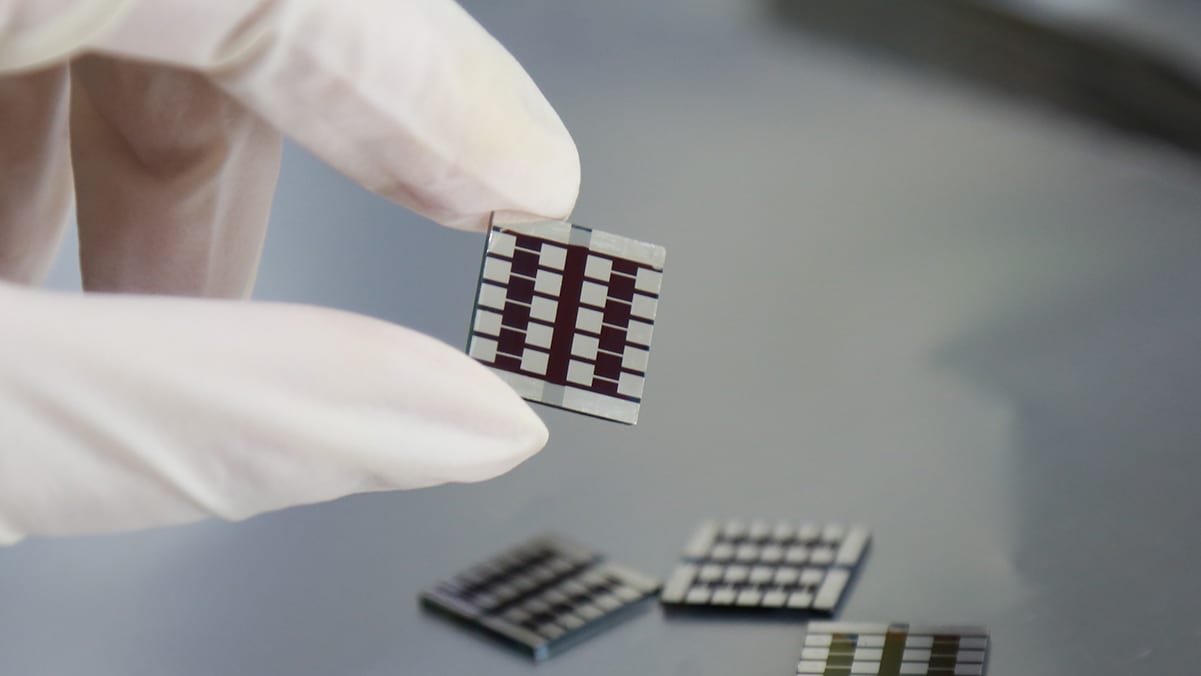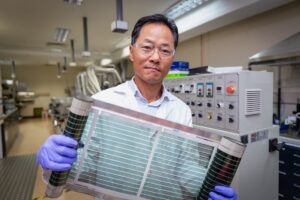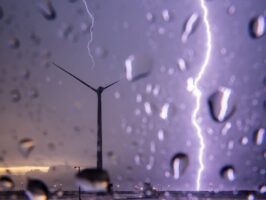Scientists have found that the addition of a touch of spice could be the key to higher performing solar cells, finding that the use of capsaicin, the chemical that gives chillies their characteristic hotness, can help to produce more efficient and longer lasting perovskite solar cells.
In a research paper published in the academic journal Joule, researchers from China and Sweden detail how the use of capsaicin aided in the production of more stable and efficient perovskite solar cells.
Senior author of the study from East China Normal University, Qinye Bao, said that researchers experimented with the addition of capsaicin in the production of solar cells made using the methylammonium lead triiodide perovskite material had helped to boost the amount of electricity produced using the cells.
Bao said that it the ability to use materials found in nature to improve the performance of solar cells was a positive step forward, with the research the result of collaboration lead by the East China Normal University in China.
“Considering the electric, chemical, optical, and stable properties of capsaicin, we preliminarily found that it would be a promising candidate,” Bao said.
“In the future, green and sustainable forest-based biomaterial additive technology will be a clear trend in non-toxic lead-free perovskite materials,” Bao said. “We hope this will eventually yield a fully green perovskite solar cell for a clean energy source.”
The researchers found that solar cells produced with the addition of capsaicin in the manufacturing process were able to achieve solar conversion efficiencies approaching 22 per cent, compared to just 19.1 per cent from cells without the spicy treatment.
The treated cells were able to maintain more than 90 per cent of their outcome after 800 hours of storage in ambient conditions, longer than the untreated cells that fell to just 60 per cent of their original output over the same period.
Bao said that the capsaicin treatment reduced the level of defects that occurred in the perovskite solar cells, while also boosting the amount of free electron production when the cells were exposed to sunlight, the key to producing useful electricity.
Perovskite solar cells have the potential to emerge as a lower cost and versatile method of producing solar panels. Despite producing electricity at lower efficiencies compared to traditional silicon-based solar cells, perovskite solar cells have the potential to be produced at a lower cost, and an ability to be incorporated into a wider range of materials.
As perovskite solar cells can manufactured using thin layers of semiconductor materials and are significantly more flexible than solar cells using silicon wafers. This opens up the potential of embedding solar cells directly into the surfaces of buildings, or even solar cars.
However, a main barrier to the commercialisation and wider uptake of perovskite solar cells has been material stability, with perovskite materials experiencing significant degradation when exposed to harsh sunlight – a critical flaw for any prospective solar material.
Many solutions have involved the use of toxic materials and there has been a growing focus to identify “greener” materials that are suitable for use in the production process. Australian researchers have also been at the forefront of developing more robust perovskite cells, and progress in this area is a critical step if they are to be successfully commercialised.
Materials like capsaicin are naturally abundant, and their use in solar cell manufacturing could help to mitigate concerns around the need to manage the safe disposal of toxic materials when solar cells reach the end of their operational life.
Research author Qinye Bao said that the research team would continue to examine ways to use innovative materials to improve the performance of perovskite solar cells.
“We will further focus on the relationship between chemical structures of natural forest-based biomaterial additives, their interaction with photoactive materials, and the corresponding photovoltaic performance,” says Bao.
“We hope to generate new knowledge of great value to further increase the power conversion efficiency and stability of perovskite solar cells.”










